The duchess and the Holocaust survivor

Steven Frank holds the plain aluminium cooking pot with reverence, undoing the side clips that fasten the lid. Battered, utilitarian, unremarkable, you wouldn’t look at it twice in a junk shop. Yet its story and its survival are matters of wonder. It is perhaps the most precious relic of his past and one of the most poignant of the Holocaust.
In this pot, Frank’s English-born mother would store bits of bread she had bartered in the disease-ridden transit camp of Theresienstadt in German-occupied Czechoslovakia. When the pot was about a quarter full, which might take weeks, Beatrix Frank would add hot water to make a sort of slop and feed this to her three starving sons.
“It was a bit like the consistency of wallpaper paste,” says Frank, a Dutch-Jewish survivor of the Holocaust, now 85. “We had one spoon and we took turns till the pot was empty. My mother must have been starving, too, but I never saw her take a spoonful herself. Other children, just as hungry and weak as we were, looked on but we didn’t care about them because hunger is an unbelievably selfish thing.”
Typhus and other diseases were raging through the overcrowded camp, killing thousands. Realising that the best way to keep typhus at bay was cleanliness, this resourceful woman had volunteered to work in the hospital laundry – the only place with regular hot water – so she could secretly wash herself and her sons. She would do other prisoners’ washing in return for crusts that went into the “bread porridge”.
In a striking photograph taken by the Duchess of Cambridge for a new exhibition at the Imperial War Museum, Steven Frank is shown with the cooking pan on his lap, alongside two of his granddaughters. The exhibition, which aims to celebrate the full lives Holocaust survivors have led since arriving in Britain in the 1940s, features more than 50 contemporary portraits by 13 British photographers, including the duchess, who is patron of the Royal Photographic Society (an exhibition partner), and a respected photographer in her own right. Besides Frank, her other subject was Yvonne Bernstein, 84, who was hidden in France in the care of her aunt and uncle.
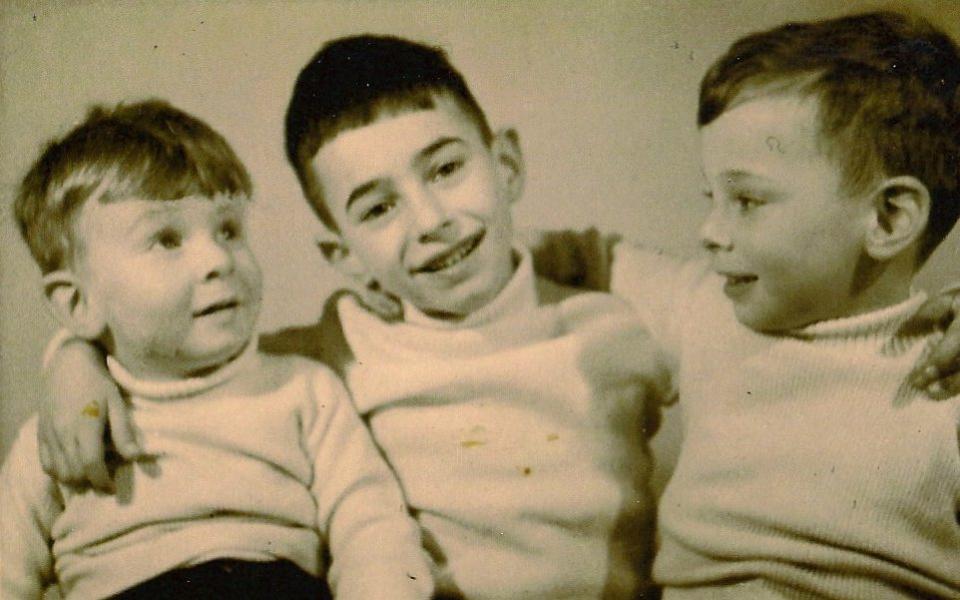
“Yvonne Bernstein and Steven Frank are two of the most life-affirming people that I have had the privilege to meet,” Kate said when the exhibition was announced last year. “Their stories will stay with me forever.”
Frank says she put him and his granddaughters completely at ease and talked to him for almost two hours before taking a single shot. “It was a pleasure to spend time in her presence,” he says. “She took a genuine interest and was very sympathetic. She was meticulous in her settings for the photo and was a true professional. She took several shots and examined them before making slight alterations for the correct composition.”
Because the duchess took her inspiration from the painter Johannes Vermeer, Maggie, 17, chose to wear a bright blue dress and Trixie, 15, is in yellow. Their “Opa” (Dutch for grandfather), half in shadow, is in blue. Between the three figures is a dish of tomatoes from Steven Frank’s garden. Frank says it is there to symbolise his friendship with a fellow prisoner. “This man, whose face I see so clearly even now, but whose name I don’t know, had managed to get some rotten tomatoes, take the pips out and germinate them. I became his little helper. He showed me how to pinch out the side shoots. One day he said: ‘Steven, I’m afraid I’m being sent to Poland. Will you look after my tomato plants for me?’ I felt so proud.”
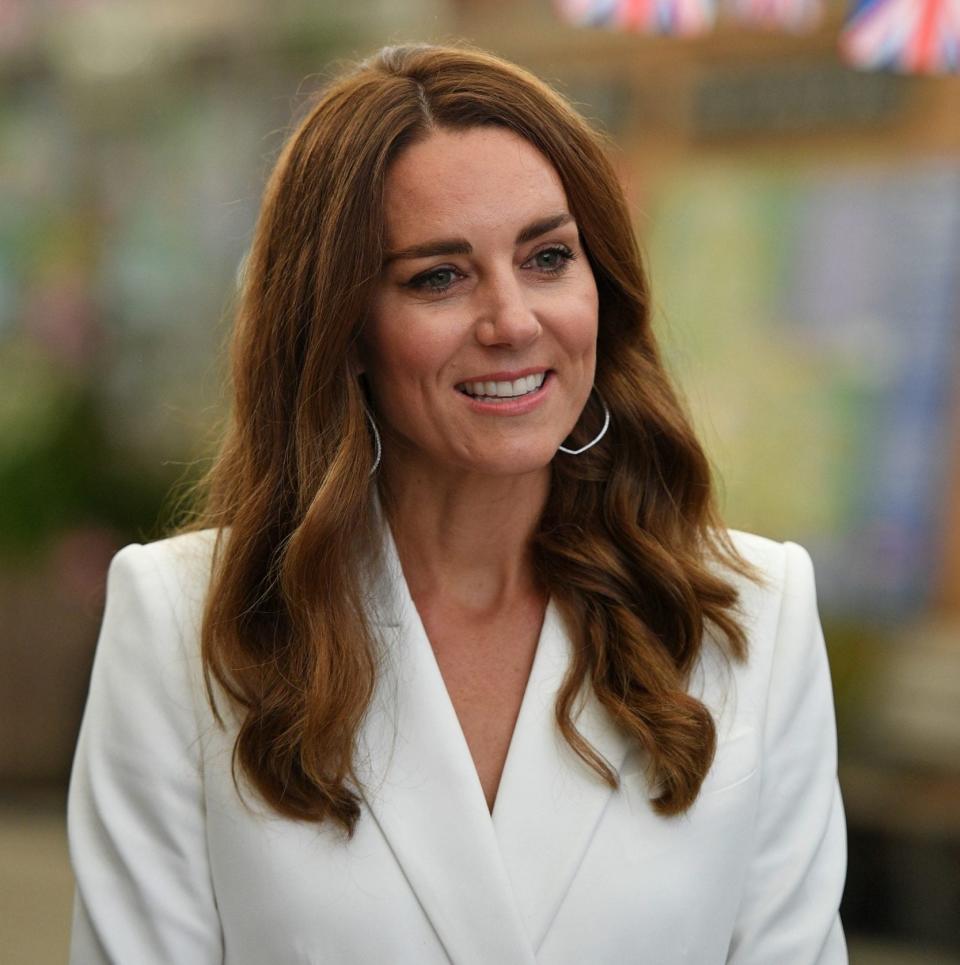
We go to inspect the small greenhouse in Frank’s garden in Hertfordshire where a row of tomatoes stands tall and straight. “Every year I grow tomatoes and every time I’m picking out the side shoots I see this man looking on. I’m still communicating with him in a strange way. I’ve not let him down.”
The war ended before it was the Frank family’s turn to be deported to a death camp. Steven and his brothers were three of only 93 children who survived Theresienstadt out of the 15,000 children who were sent there. But between 1942 and 1944, five members of his close family were murdered at Auschwitz-Birkenau, the death camp in German-occupied Poland, including his father, gassed aged 39 in January 1943. In all, 1.1million Jews perished there.
Frank has been telling their story to schools and groups all over the country for 26 years. He is a gentle, driven man, agile in mind and body, with penetrating blue eyes under shaggy white eyebrows. His audiences are captivated and horrified. What was the worst thing that happened to you? they want to know. He says it was that he learned to hate.
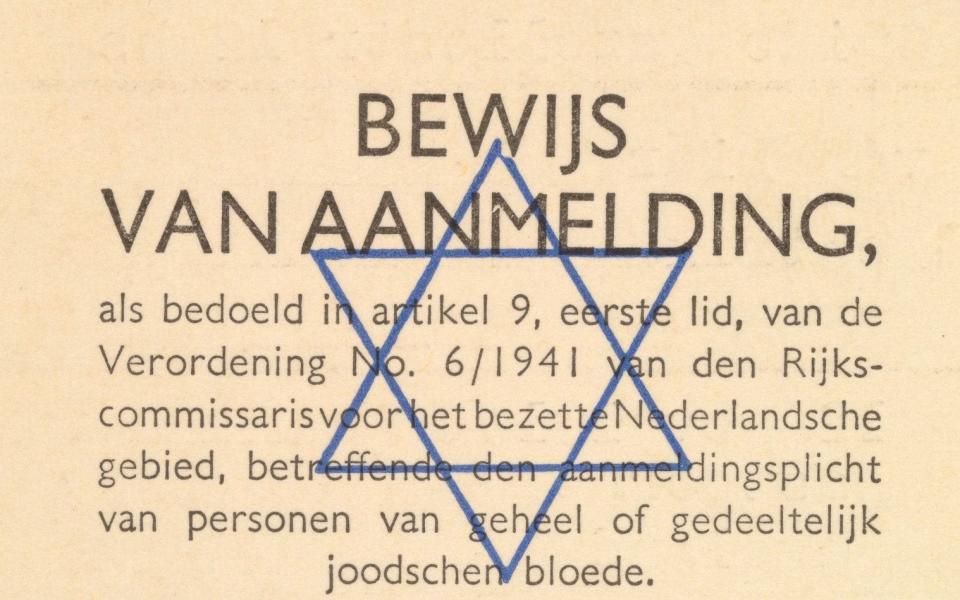
He is in no doubt that his mother’s resourcefulness during three increasingly savage internments saved the family. Her husband Leonard, whom she had met while studying in Amsterdam, was a prominent lawyer who made no secret of his opposition to the Nazi authorities and supported the Dutch Resistance, organizing the issue of false papers and even hiding Jews in his own house. He was betrayed, arrested in his office, and imprisoned in 1942.
When Beatrix learnt he was being held at Amersfoort prison camp, she disguised herself as a man and swapped places with a cleaner to find him. In their final brief conversation, while she was scrubbing floors, he told her he had been tortured but had given nothing away.
With emotion, Frank describes how three of his father’s non-Jewish friends, at great danger to themselves, petitioned the German authorities for clemency for him. Although the Germans refused, they allowed his family to be held (for later political bargaining) with a group of privileged detainees at a castle in Barneveld, the least dreadful of their three prison camps.

After six months, they were transferred to Westerbork, a staging post in the north-east Netherlands for weekly deportations to Auschwitz. “There were lice everywhere”, recalls Frank. “Scarlet fever, polio. Conditions were terrible. People knew they would face extreme cold and hard labour in Poland but we had no idea about the gas chambers.”
In September of that year, the Franks were put on a cattle train to Theresienstadt, a journey of 39 hours with no water or food. “There were four little slits for windows. The stench of sweat, faeces and urine was appalling. It was a journey I will never forget.” Those who didn’t die in Theresienstadt were transported to other camps to be gassed. Guards deliberately split up siblings, some to stay, some to go. “I witnessed this howling and screaming of children who wanted to stay together,” says Frank. “Their mothers and fathers were gone, their brothers and sisters disappeared. All they had left was one another. The cruelty of it angers me even today. They could at least have died together.”
As defeat loomed, cattle trucks began to return with skeletal survivors of the death camps. “My mother would go through these trucks looking for my father. I think the belief that he had survived kept her going.”
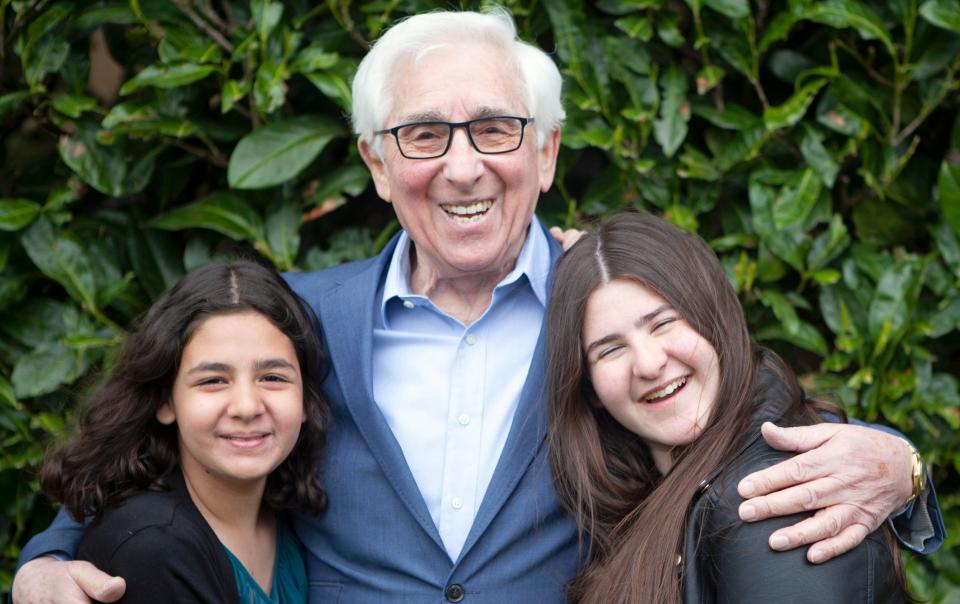
Perhaps his most surreal experience was being forced to join a long line of children passing boxes of human ashes down a tunnel so that the evidence of extermination could be destroyed before the Allies arrived. “Each box was labelled. Sobbing broke out as children recognized the names of their loved ones.”
The camp was liberated in May 1945. Beatrix refused to be sent back to Holland with her sons, fearing there would be no survivors. She argued her way across Europe and pleaded for a lift on an RAF cargo plane that was returning empty to England. The pilot dumped them unceremoniously on the runway at Croydon Airport, a small feisty woman and three scraggy, almost feral boys. They were eventually reunited with Beatrix’s father, a music publisher in London, who knew nothing about his family’s fate.
The “family book” of identity cards, work permits and other wartime documents that Beatrix contrived to keep throughout their imprisonment will be on show at IWM London’s spacious Second World War and The Holocaust Galleries opening in October. Fourteen new open plan “rooms” will display many artefacts and archives of war not seen before.
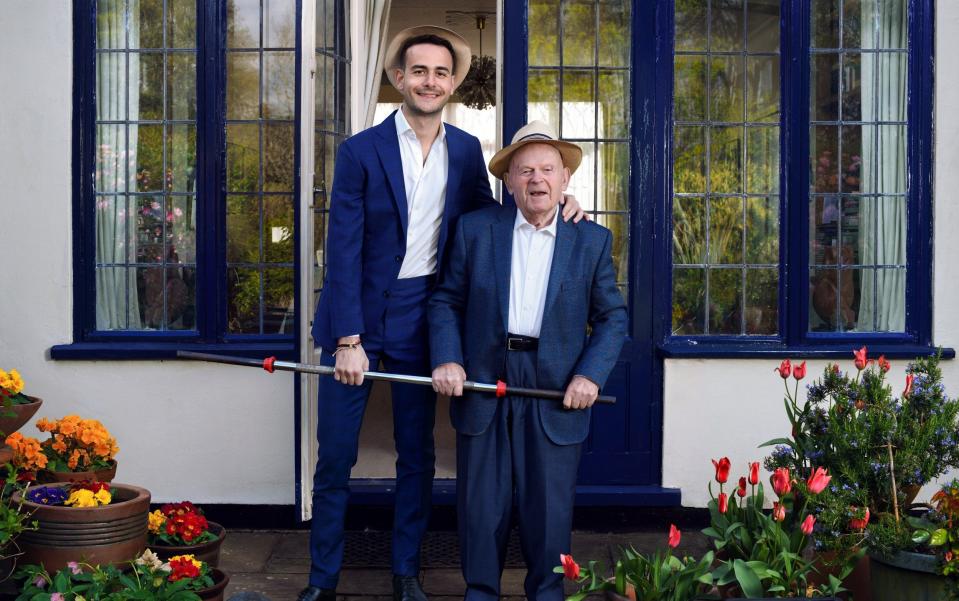
Farmed out at first with wider family members, Steven, his mother and two brothers, Nicholas and Carel, started to make a new life. “These people must have been saints because, believe me, we were like animals out of the jungle. We had no idea about manners or using a knife and fork.”
Frank became a bacteriologist and worked in the water industry. He married twice and had three children. And, since retiring, he has given more than 900 talks about his experiences, mostly in schools. His granddaughter Maggie, who has been with him to the camps, intends to continue his work.
“I’m so proud of Opa”, she says. “It takes so much courage to do it. It’s important to raise awareness because genocide is still going on.”
Frank’s older brother Nicholas died last year, aged 88. Carel, the youngest, 83, is a retired bond dealer living in London. Their mother died in 2001, aged 90.
“Why was I allowed to live?” Frank asks, citing his brushes with death in the camps. “To do this. It has become a mission. I will carry on until my heart stops or my legs won’t carry me any more.”
Generations: Portraits of Holocaust Survivors is at IWM London from Aug 6 until Jan 7 2022. The Second World War and The Holocaust galleries open on October 20.

